It was the perfect news story. A husband shot dead by his wife at the exclusive Casa Del Mar club as the last minutes of 1936 ticked away, but, no doubt to the joy of news reporters, this story proved to be so much more.
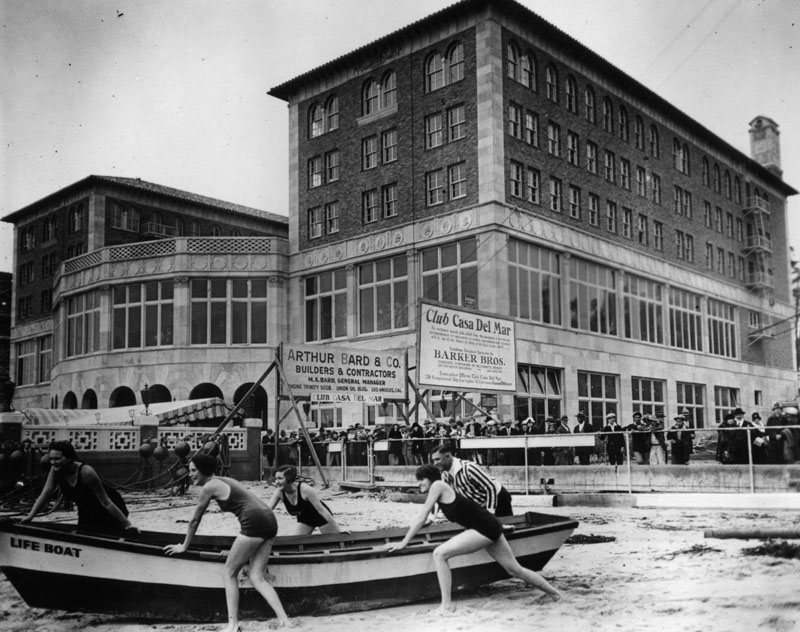
Just a story’s throw away from the modern end of Route 66 at Santa Monica Pier, the Casa Del Mar opened in 1926, the same year as the Mother Road, as one of the most exclusive beach clubs in California. It was the place to be seen and, on December 31, 1936, Harry Addison Love chose it for his last meal of the year. The problem was the lady with whom he was dining was not his wife, but his 66-year-old mother, Cora Adkins Love, a lady with whom Harry lived and who was unaware that her only son was married.
This had, as you might expect, been something of a bone of contention for Helen Wills Love, the 31-year-old woman who regarded herself as the wife of Harry Love. Despite an apparent marriage in Ensenada, Mexico, in May of 1936, Harry had neither moved in with his bride nor publicly announced the nuptials. In fact, he appears to have been at pains to keep the marriage secret, particularly from his mother and family. While he and Helen had an apartment at 3613½ 4th Street (a convenient five miles north of his mother’s home on South Harvard Boulevard), he rarely spent the night there.

After lunching together on that New Year’s Eve, Love and Helen drove to the Elks Club where Harry told her to wait in the car. She did indeed wait in the garage for several hours before discovering that he had left the premises by taxi in order to avoid returning for his car. It was a mistake on Harry’s part, but an even bigger error was to leave his gun in the car. Tucking the pistol into her coat pocket, Helen called a cab and directed driver Max Daniels to take her to the Del Mar club where she had expected to dine with her husband.
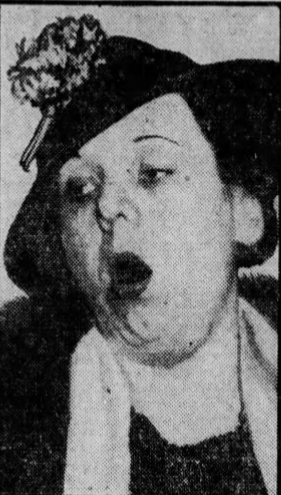
At the club, she strode up to the table where Cora was sitting and a row ensued. Cora was clearly aware of who Helen was and there seems to be little love lost between them. She declared that, as his mother she had a right to all his holidays (something which, unsurprisingly, didn’t sit well with Helen) and then told her to leave. At this point Harry appeared and grabbed by Helen by the arm, propelling her into the lobby and, after paying Daniels her cab fare, telling the driver to wait for her. According to Helen’s testimony at her trial, Harry told her, “You’re no more married to me than anyone else in the world. You get this cab and I didn’t give a damn where you go!” He then struck her and struggled for the gun after which she remembered nothing.
That story might have had some credence had Max Daniels not been waiting for his fare. He watched with interest as Harry Love came running back out of the Casa Del Mar shouting, “Someone stop her, she is shooting me”. A second or so later, Helen Wills Love ran after her husband and fired at him. Daniels bravely disarmed her, and, as he waited for the police, she cradled her husband’s head as he died on a settee in the entrance to the club.

And that might have been it, a rather sad crime of passion, but there was much more to come. Once in custody, Helen told an officer that it was only because she had loved Harry so much that she had shot him, while her justification varied between it being because he had chosen his mother over her or that she believe he was about to throw her over for another woman. Both reasons are quite likely, but interestingly, the centre figure of this story, remains a complete enigma.
Harry Addison Love was born in Trinidad, Colorado in 1890, the only son of Charles and Cora Love. He was called up for military service in 1917 and this may have been – as Helen later ascertained – the only time he did not live with his mother. His father had died suddenly of a heart attack in 1923; Charles Love had been a successful lumber merchant who had retired in this forties and this inheritance appears to be the main source of Harry’s income, although there is evidence that he may have run a short-lived company dealing in agricultural implements. While newspapers at the time of the murder claimed the 46-year-old to be a ‘retired wealthy broker’, there is little to confirm this career – indeed, just a year after his father’s death, he was at liberty to take a three month holiday in Hawaii with his mother – and it may be that he was reliant upon his mother’s money, in which case he wouldn’t want to cut off his supply of funds by admitting he had married.

The Loves appear to have been a close-knit family; when a daughter, Esther, three years Harry’s junior, married in 1918, it was quite a society event in Los Angeles, but she and her husband Howard Spencer moved in with her parents and brother, a situation which continued with the addition of two granddaughters. After Esther’s death from pneumonia in 1929, her husband and children remained in the Love family home and one granddaughter was still living with Cora when the older woman died in 1950. But Harry remains a shadowy figure and the only photographs that appear to exist of him are, as we will see, less than complementary.
We know equally little of Helen’s background. Newspaper reports of the day described her variously as a women’s wear buyer, a dress designer and a secretary. Nor do we know how she met Harry Love or how long they had been courting before Harry whisked her away on a mysterious trip to Mexico in May 1936 where they were married. It may be that Helen had refused to engage in anything more than a little canoodling until that point, which inspired Harry to arrange the so-called wedding trip in order to persuade her into his bed. But if Helen thought that things would change, she was very much mistaken. Back in California he refused to announce the marriage or tell his mother and when she threatened to show Cora the marriage certificate, he took it away from her and told her he had locked it in a safety deposit box.
Taken into custody after the shooting, Helen immediately made an attempt to hang herself in her cell with what some newspapers termed a silken scarf and others, more lasciviously, her undergarments. For the next few days it was reported she was on a fast, taking only liquids, but of course that might simply have been due to the bruising of her throat following the suicide attempt.
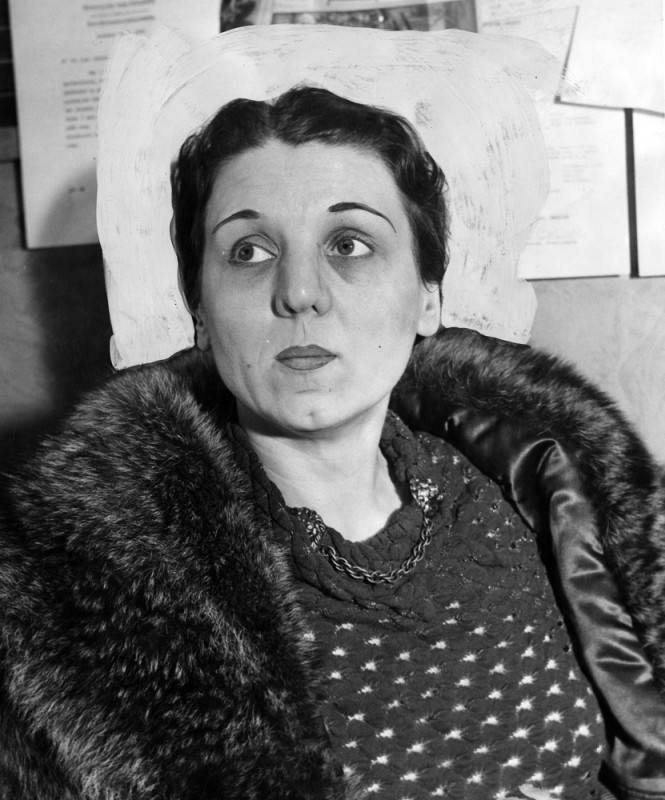
She was charged with murder on January 5, 1937, and pleaded insanity. The following day she was allowed to visit Harry’s body, laid out in an open coffin in a Venice Boulevard mortuary, where news cameras captured her kissing her dead beau and muttering, “You don’t blame me do you darling? You’re happier than I am.” She made the undertaker promise to bury Harry with a tiny wreath of red rosebuds over his hearts before leaving; whether this happened is unlikely – one can imagine that Harry’s family would have quashed such a maudlin idea.
For the Love family refuted any notion that Harry had ever been married to this woman. Howard Spencer would state in court that his brother-in-law was a single man, while his mother tearfully testified that “My son was a single man. He always had lived with me and never lived anywhere else.”
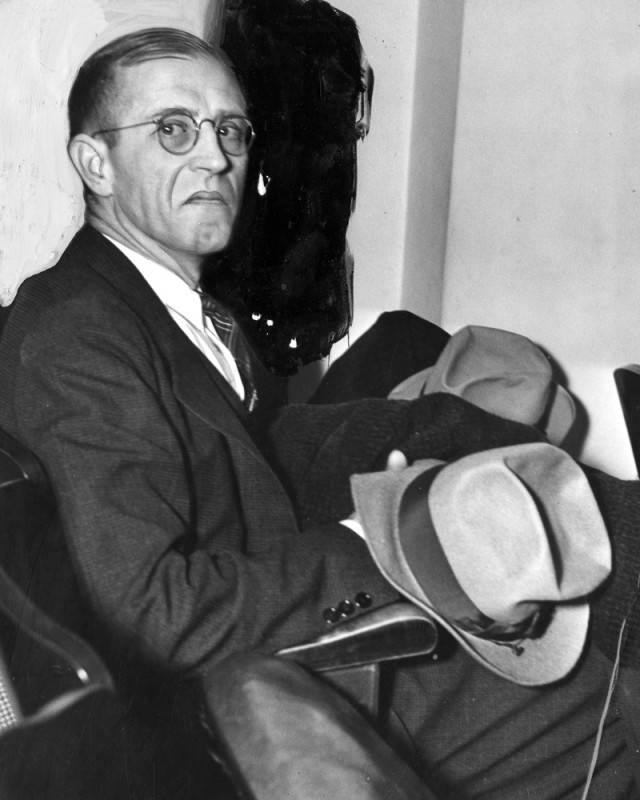
Even Helen, in the cold light of day, must have had qualms about the relationship. When they took the flat on 4th Street, Harry only moved in a few changes of clothing and, when in July 1936 Helen told her husband she was pregnant, Harry’s reaction was fury. She claimed; “Harry told me that if I didn’t get rid of the child I’d be found dead on some beach like lots of other girls were.” Interestingly, this episode was mentioned only briefly in the trial and Helen certainly wasn’t with child as she waited to go to trial.
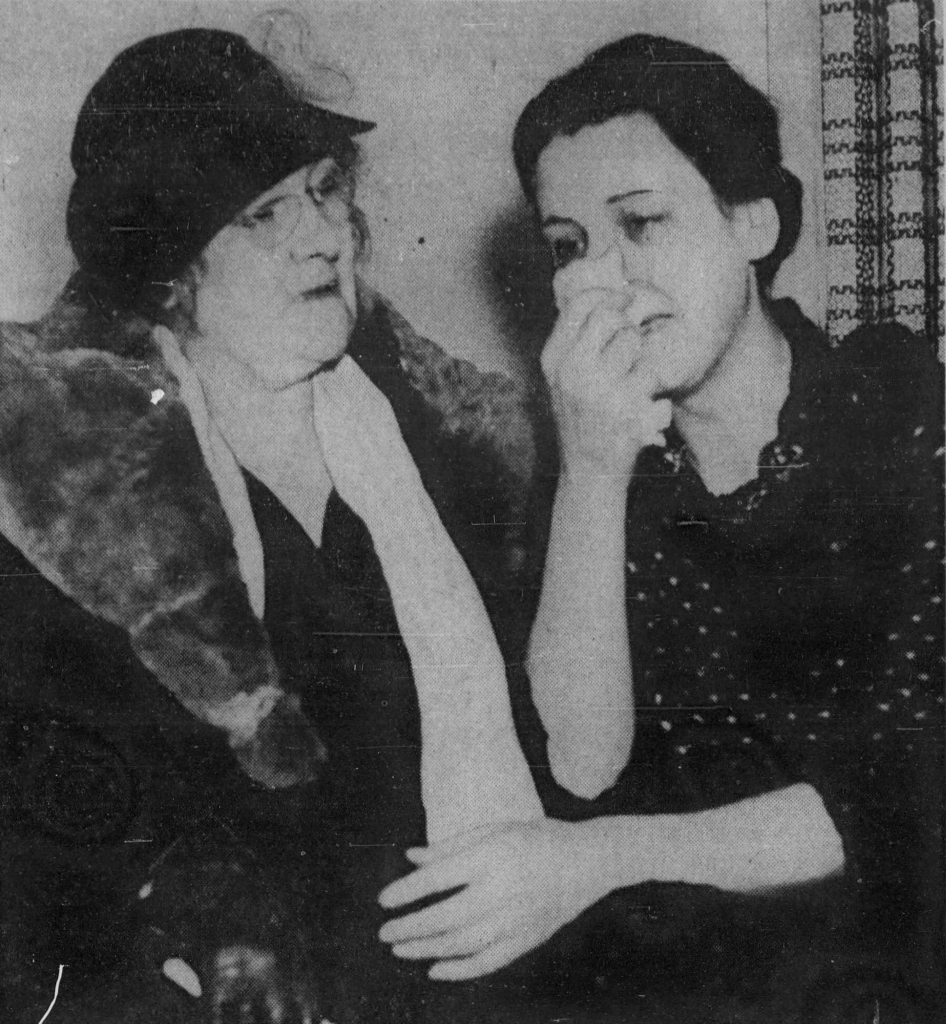
The trial began in March 1937 and was clear cut from the start. Several witnesses had seen Helen shoot Harry, she had admitted killing him and the only question was her sanity. Three psychiatrists found her to be sane and in full comprehension of what she had done. The jury retired but, an hour and a half later, the foreman asked to see Judge Frank M Smith. It was presumed the request was to render a verdict, but no. The jury was complaining that one of their number was drunk and foreman Harry Joannes quite rightly said that this was entirely inappropriate, particularly given that the prosecution was asking for the death penalty. Dr Benjamin Black, county physician, administered a sobriety test to Mrs Mary Plettner and found that she was indeed inebriated – a pint bottle of grain alcohol was found in the ladies’ washroom with a fair amount of it gone. She was replaced by an alternate juror and deliberations continued.
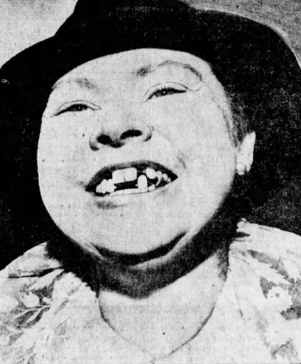
There seems to have been a certain amount of sympathy towards Helen from the eight-woman, four-man jury, whether it was because of the way Harry had treated her or for her own gullibility, for they returned a verdict of second degree murder. This was despite the fact that Helen had gone to the Casa Del Mar with a pistol in her pocket which might be said to indicate some degree of premeditation.
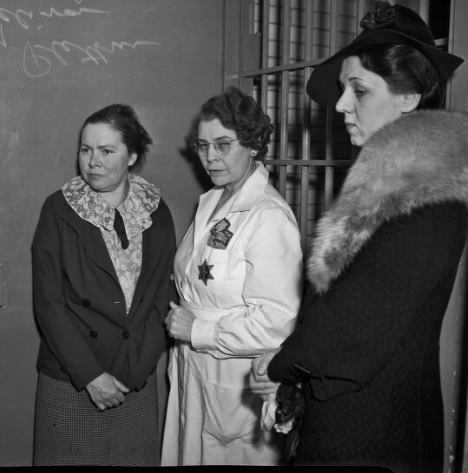
Before the sentence could be pronounced there was yet another twist in this story. Returning to her cell, Helen told a jail matron that she could “kill myself by strength of will power”. Laying down on the bed she appeared to lapse into a coma which defied half a dozen psychiatrists. They stuck pins in her, slapped her face and tickled her ears but she remained inert for seven days, being fed by a sugar drip, until she was awakened by Dr Samuel Marcus (unfortunately there appears to be no record of how he achieved what half a dozen of his colleagues could not). Once recovered she was sentenced to seven years to life and, although she had requested a second trial due to the episode of the drunken juror, this was denied and she was taken to the women’s correction facility at Tehachapi in California to begin her sentence.
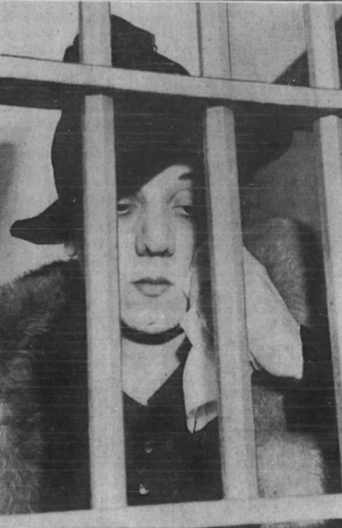
There is no record of when she was paroled, but given that she is listed at the prison in the 1940 census and not in 1950, it seems logical to assume that she served closer to seven years than to life. In 1951 she married Edward B Gloeckner and, when that marriage failed, George McCullough in 1967. Neither husband suffered the fact of her first so-called bridegroom but then one supposes they were sensible enough to keep their mothers at arm’s length.
I say ‘so-called’ because, in December 1937, Cora Love succeeded in obtaining an injunction permanently bar Helen from using the name Love or representing herself as Harry’s widow. Her attorneys had searched the records in Mexico and could find no proof of the 1936 ‘marriage’ of Harry and Helen; thus she was ruled to have never been married to him and had no claim upon his estate. Everything went to his mother.

What a remarkable story, I’m completely surprised this was never made into a movie at some point.(Or maybe forward this to Eddie Muller at TCM, please?) I’m also surprised at how well dressed people were while in custody at the time.
LikeLiked by 1 person
Great to see another of your stories! Great research , amazing story.
LikeLiked by 1 person
Blue, I’ve thoroughly enjoyed your writing from Back Street Heroes, through, um… the other mag you edited that’s now sadly defunct and I can remember its name, to Old Bike Mart and of course ‘Never Quite Lost’. I can’t quite believe the work you put into each of the posts, the amount of research into this one must have been phenomenal. I also love the way you seem to have some empathy with even the strangest characters in your posts, with a knack of seeing them as real people rather than sensationalist titbits. OK, before I wallow in any more adulation, do you have any more writing outlets I’m not aware of? Tony
LikeLike
Thank you so much for the very kind comments. Other than the day job at OBM, the only other outlet for my rambling are my books (one of Abandoned Route 66 in Arizona published in 2022 and another on New Mexico to be published this August). I wish I had time for more! Thank you again.
LikeLike
OK, Route 66… ordered from Amazon.
I hope you had the decency to blush at the reviews.
LikeLike
Oh wow, thank you so much. I do hope you’re not disappointed!!
LikeLike
I’ll let you know when I’ve read it.
Be warned! I’ll only do honest reviews!
LikeLike
That’s fair enough. Remember it is more a photo essay (that’s what I was commissioned to do!) than my usual writing. 🙂
LikeLike